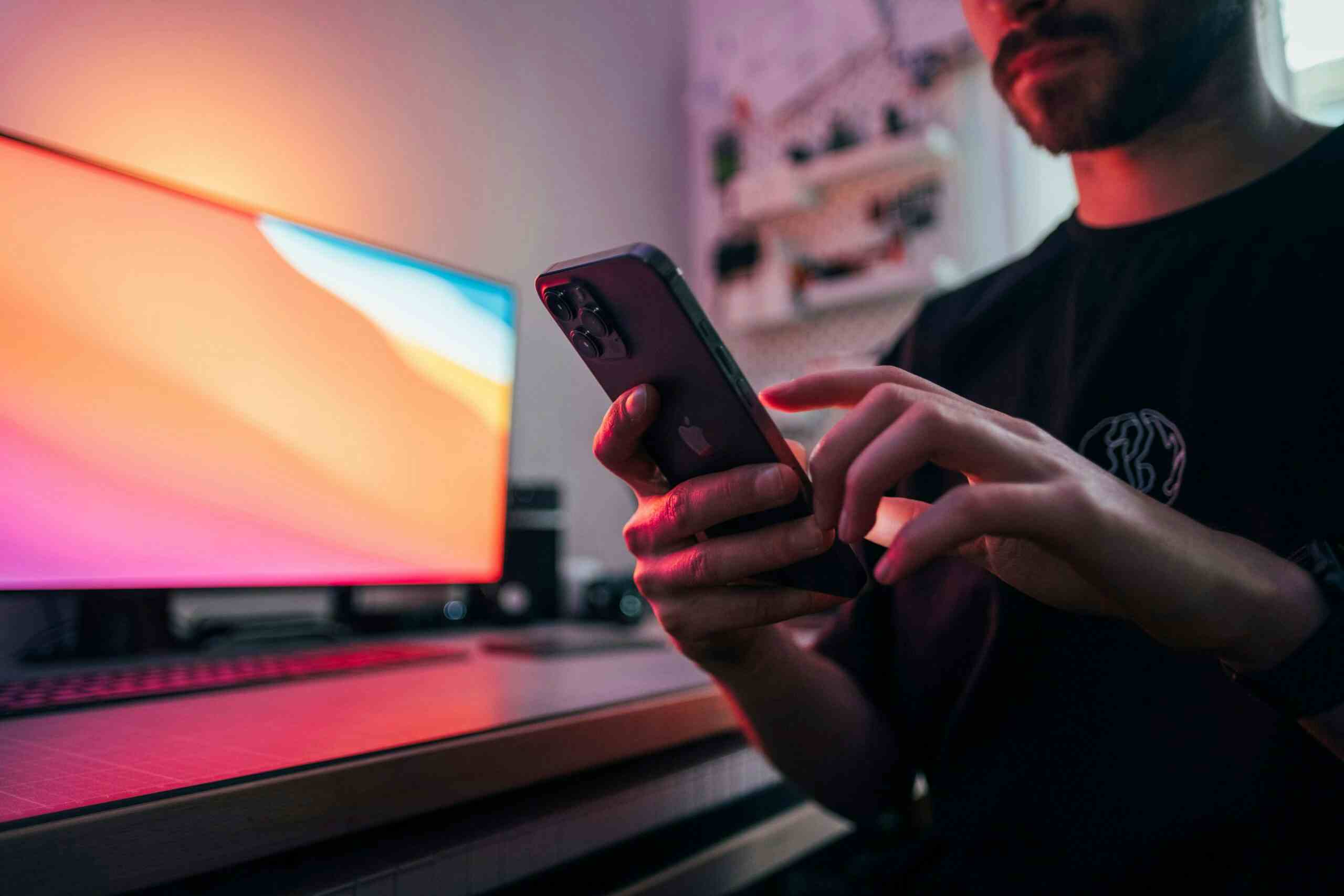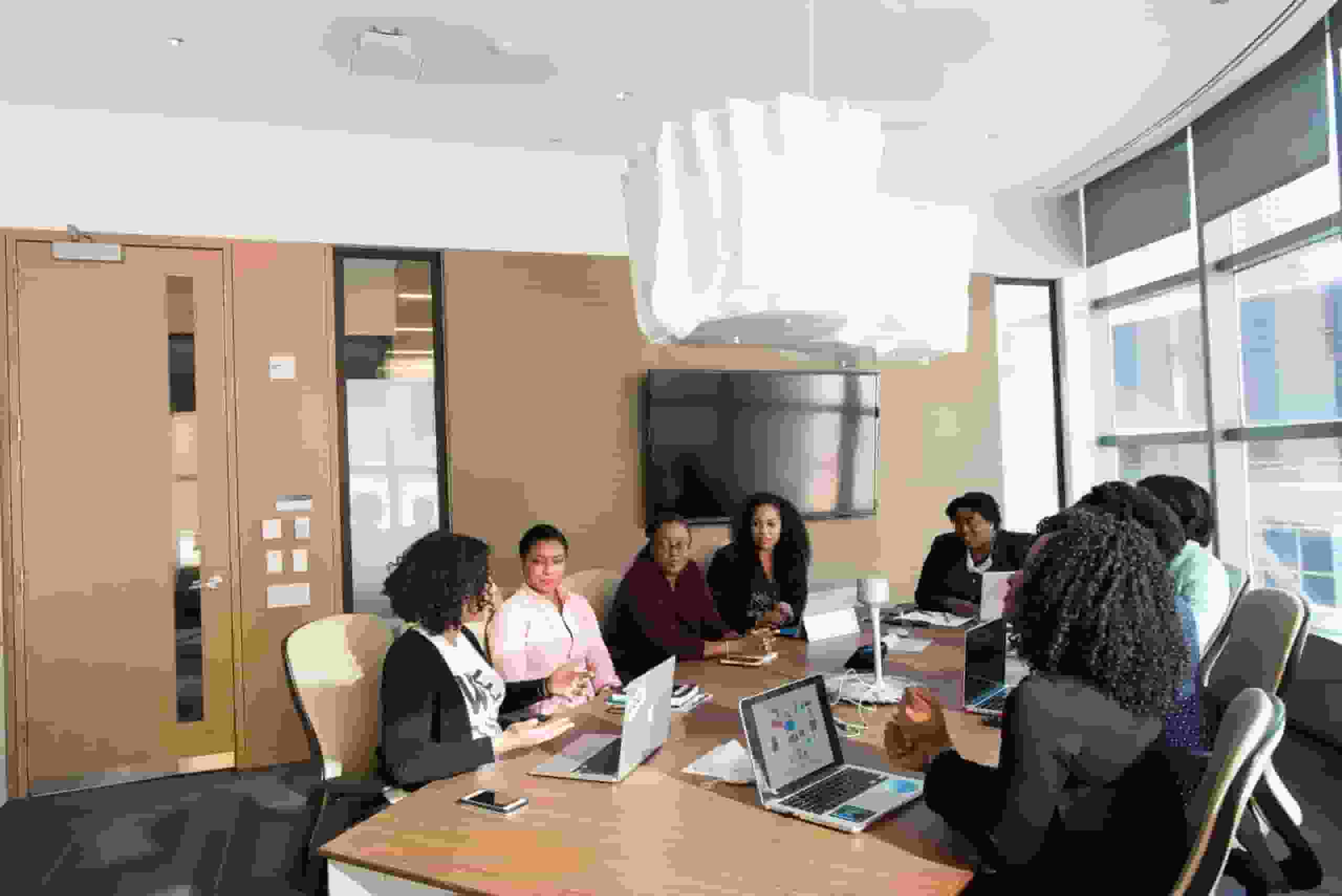Will a Signal Booster Work When There is No Cell Service?
Posted on 12/23/2022 by Nicholas Jones
As with a lot of questions, this one has a short answer and a longer answer. The short answer is “No, it won’t.” However, the longer answer is, “let’s take a closer look at the question before we accept the short answer.”
How cell boosters work
Signal boosters detect and collect weak cell signals, then amplify those signals. The amplified signals are distributed inside a building or vehicle so phones and other cellular-enabled devices have a solid connection. The booster also sends amplified signals from devices back to the cell tower to complete the communications loop.
So in short, cell phone signal boosters don’t create a cell signal. In order to work they need an existing cell signal to amplify, even if it’s weak. If there is absolutely no cell signal in a particular location, then a cell booster will not work there to enhance signal. However, you shouldn’t mistake zero bars on your phone for “no signal.” Just because your phone’s service strength graphic doesn’t show any bars does not mean there is zero signal available. Indeed, there could be a weak signal there that just needs a boost in order to be usable.
Unlike your cell phone, cell signal boosters have very high receiver sensitivity. That allows a booster to detect signal at a level much fainter level than your smartphone can. At a location where your phone shows no bars, a booster may be able to collect a faint signal and amplify it so your phone can connect.
But to reiterate, if there is no detectable signal, a cell signal booster can’t create one out of nothing.
How to really tell if you have cell service
As we just pointed out above, the bars on your phone are not very reliable when you’re trying to figure out what level of cell service you’re getting. The quickest way to get an accurate reading of signal strength is to put your phone into Field Test Mode.
This is not difficult. With an Android phone you can probably do it in two or three clicks; same with accessing iPhone field test mode. Here’s a short video that shows you how to get into Field Test Mode on both Android and iOS devices. Note that your procedure may have changed a bit since this article was written, but it’s probably still helpful.
As the video shows, if your phone in Field Test Mode shows a signal strength of -100 dBm or weaker, then a signal booster may not be able to help enhance your reception. But if it shows a strength of -85 or stronger, then a cell booster can probably improve your signal. Between -85 and -100 is a sort of “no man’s land” where it’s hard to predict if a booster can help. See how to boost weak cell signals here.
So how can your phone connect when there’s no service?
If you have broadband Internet access, there is a way to create cell signal even if there’s none detectable. A microcell, sometimes called a femtocell, uses an Internet connection to create a localized cell signal covering from one to three rooms in a house.
A microcell is basically a low-power cellular base station. Connected to a router, it works with broadband Internet to provide cell phone coverage by creating a signal source – a “micro” cell site – inside a home or office.
The big advantage a microcell provides is the ability to create a cell signal indoors even if there is absolutely no detectable cellular signal anywhere in the area. But if no broadband Internet connection is available (as would be the case in a remote area), a microcell is not an option for providing a cell signal in a building.
Microcells are also carrier specific. That means a microcell will only support cellular devices of the specific carrier that supplied the microcell. Anyone who uses a different cell carrier, even when within range of a microcell, cannot benefit from the microcell’s improved cell service.
In addition, to benefit from microcell coverage all phones must be logged in, or synced, to the microcell. That means family members, roommates or coworkers with compatible but unsynced phones can’t benefit from the microcell’s cellular signal.
On the other hand, weBoost cell signal boosters are carrier agnostic, meaning they’ll work with any carrier. Everyone within range of the booster will receive the boosted cell signal for their devices, even if they’re on 5 different carriers and all using their devices at once. There is no need to sync or do anything special to connect to the booster, either. The signal is just there for everyone.
If you’d like to learn more about the advantages and disadvantages of using a microcell or the AT&T microcell check out our earlier post Does a Microcell Work to Boost Cell Phone Signal?
Need help connecting in those weak-signal locations. Check out our full line of signal boosters.




